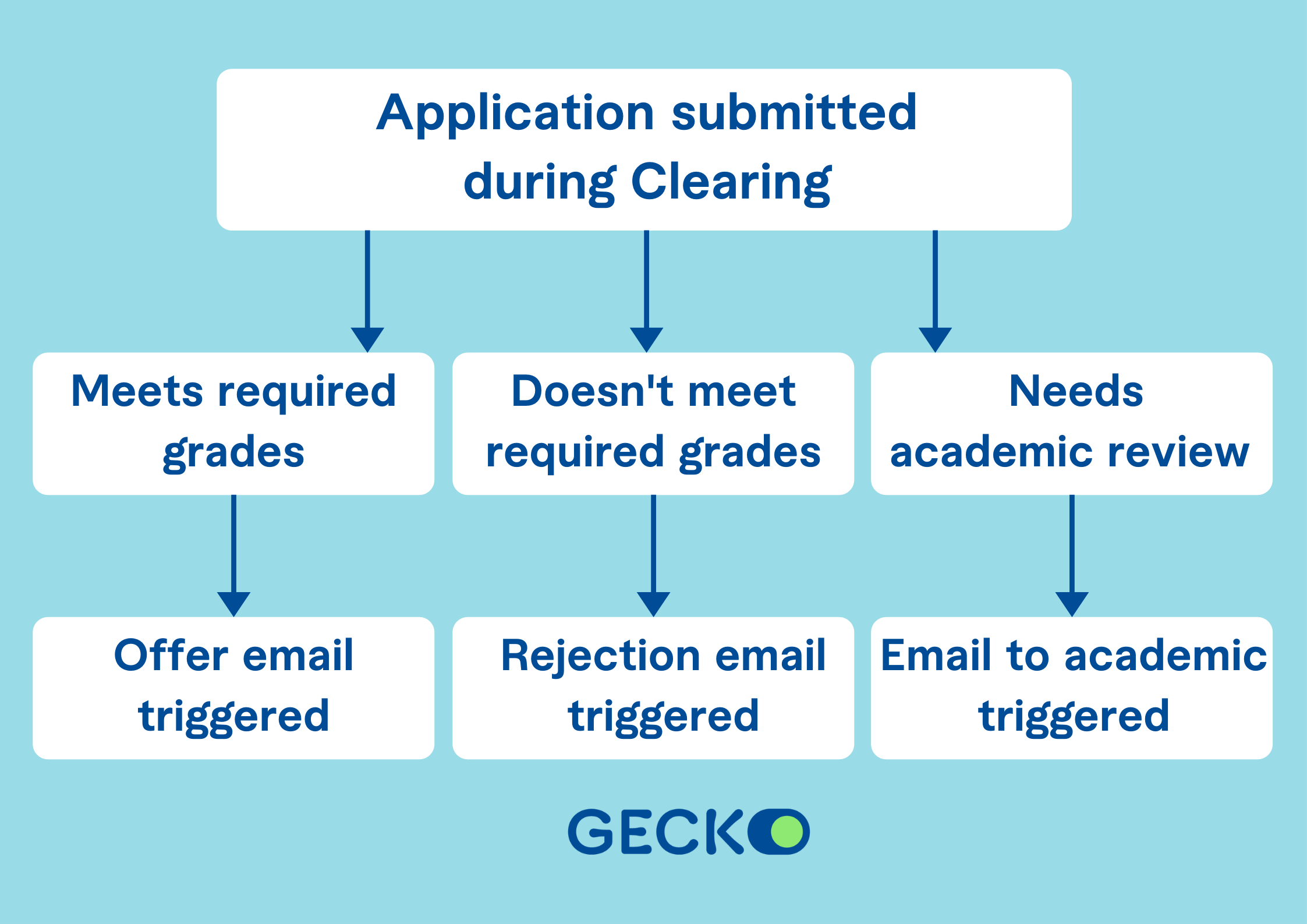Well, you only have one chance to make a first impression.
Clearing may very well be the very first touchpoint that students have with your institution. They might have never considered your university before they access your Clearing hotline on the day itself. So what do you want that first impression to be? Chaotic and confusing, or straightforward and stress-free? We’re assuming the latter, right?
No one wants to just cope with Clearing. No one wants to under-deliver for potential applicants. And no one wants it to be a day that your staff dread. What you want – and what your institution and prospective students need – is a great system that delivers. One that cuts down on workloads, tracks data, supports staff, and, most importantly, makes the prospective student experience as smooth, seamless, and engaging as possible. Right?
The right technology solution can help you turn your Clearing calls into actual conversions, making sure you exceed the expectations of your prospective applicants at every step.



